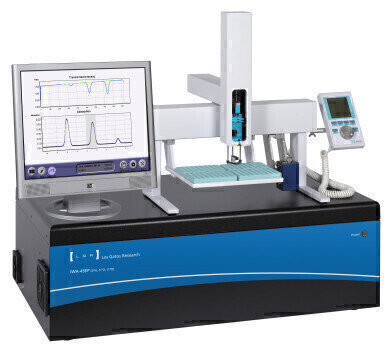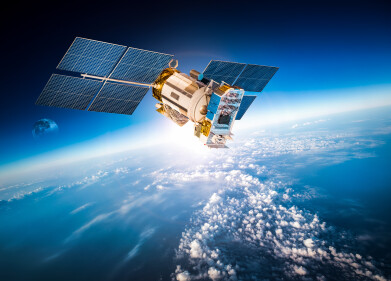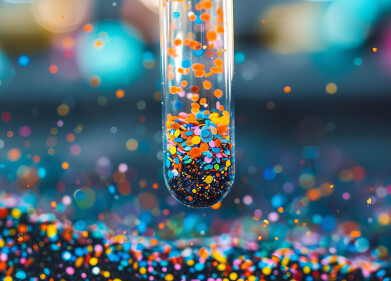Water/wastewater
World’s First Triple Isotope Analyser for Water
Mar 03 2012
Los Gatos Research (USA) has introduced the world’s first triple isotope analyser for direct simultaneous measurement of δ17O, δ18O, and δ2H ratios in liquid water and water vapor samples. The IWA-46EP is capable of automated, continuous or batch operation, and delivers isotopic sensitivity and precision comparable to reference isotope ratio mass spectrometer (IRMS) laboratories. And, like other LGR EP-series analysers, this new instrument incorporates proprietary thermal control, enabling accurate and precise measurements over a wide range of ambient temperatures (0 – 45°C). Together with its rugged, compact packaging, this makes the IWA‑46EP ideal for remote and even airborne operation, as well as for routine laboratory use.
Traditional water isotope analysis performed using IRMS technology requires extensive sample preparation and a skilled, experienced operator. Oxygen and hydrogen ratios are separately processed, with 17O being particularly cumbersome for IRMS. In contrast, the IWA-46EP measures all three isotopes simultaneously, directly from water-based samples, including seawater and bodily fluids. Moreover, the measurement process is automated, requiring minimal operator skill. And unlike IRMS, the IWA-46EP needs neither expensive consumables nor frequent calibration.
Applications for the IWA-46EP include atmospheric chemistry, hydrology, water cycle studies and medical diagnostics, where water isotopes can be used to determine metabolic efficiency and energy expenditure.
“We have been using a LGR isotope analyser for several years to measure δ18O and δ2H ratios in waters from plant leaves and stems, as well as from soil,” states Tim Griffis, Assoc. Professor at the University of Minnesota. “We use these types of data in conjunction with isotopic CO2 data to investigate linkages between hydrology and the carbon cycle. The ability to simultaneously measure δ17O could add important additional insights regarding atmospheric moisture sources since the oxygen-17 excess appears to be influenced by kinetic fractionation during evaporation and is sensitive to humidity conditions in the source region.”
LGR precision gas analysers are based on the company’s patented Off-axis Integrated Cavity Output Spectroscopy (OA-ICOS) technology, a fourth generation, cavity-enhanced laser absorption technique. This unique approach is both more rugged and more precise than earlier cavity-enhanced techniques, such as conventional cavity ringdown spectroscopy (CRDS), because the performance of OA-ICOS does not need ultra-precise alignment or sub nanometer stability of its optics, or a high degree of thermal control. This ensures higher absolute accuracy, longer maintenance intervals, higher reliability and reduced cost of ownership.
Digital Edition
AET 28.4 Oct/Nov 2024
November 2024
Gas Detection - Go from lagging to leading: why investment in gas detection makes sense Air Monitoring - Swirl and vortex meters will aid green hydrogen production - Beyond the Stack: Emi...
View all digital editions
Events
Jan 12 2025 Abu Dhabi, UAE
Jan 14 2025 Abu Dhabi, UAE
Jan 20 2025 San Diego, CA, USA
Carrefour des Gestions Locales de L'eau
Jan 22 2025 Rennes, France
Safety, Health & Wellbeing LIVE
Jan 22 2025 Manchester, UK



















